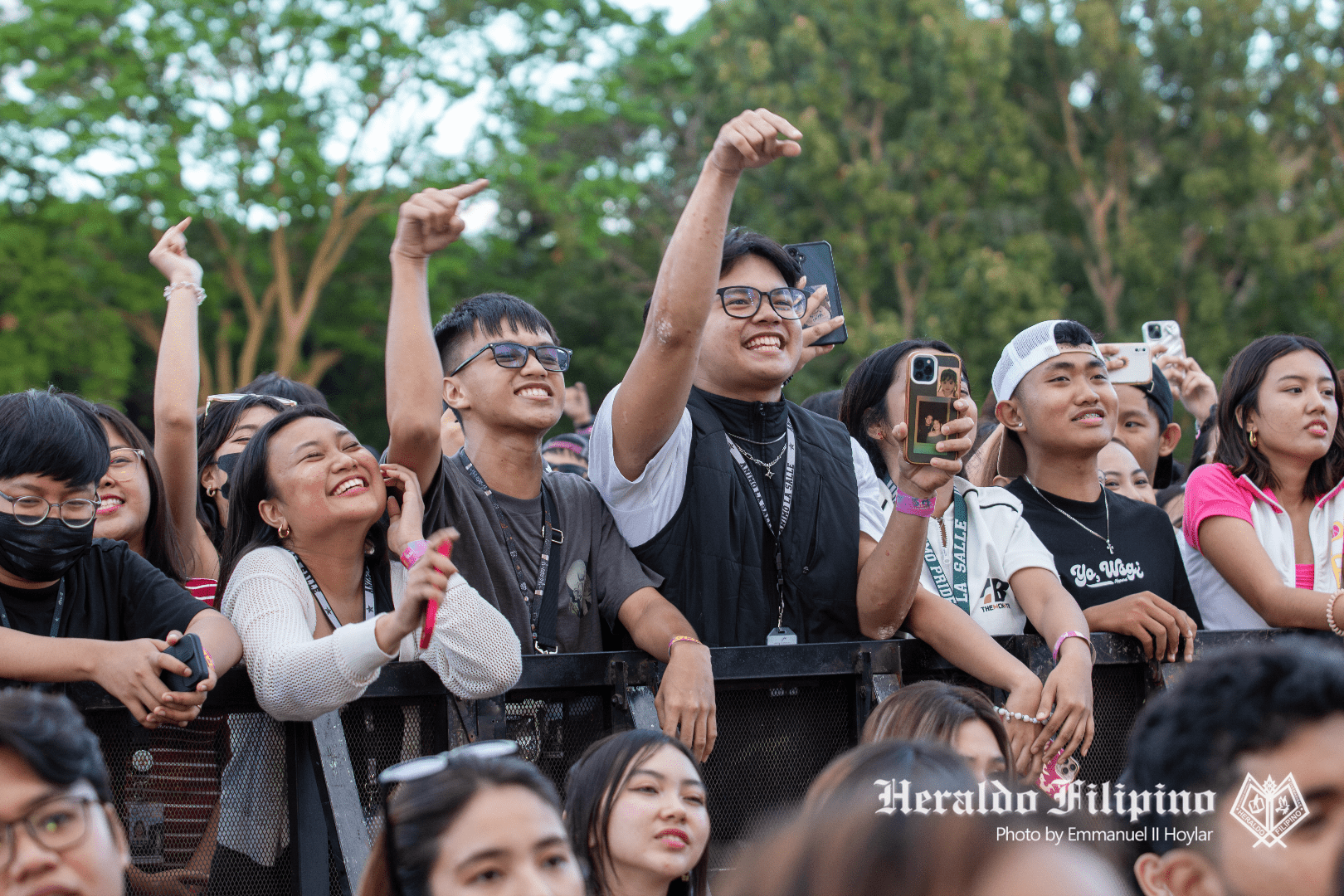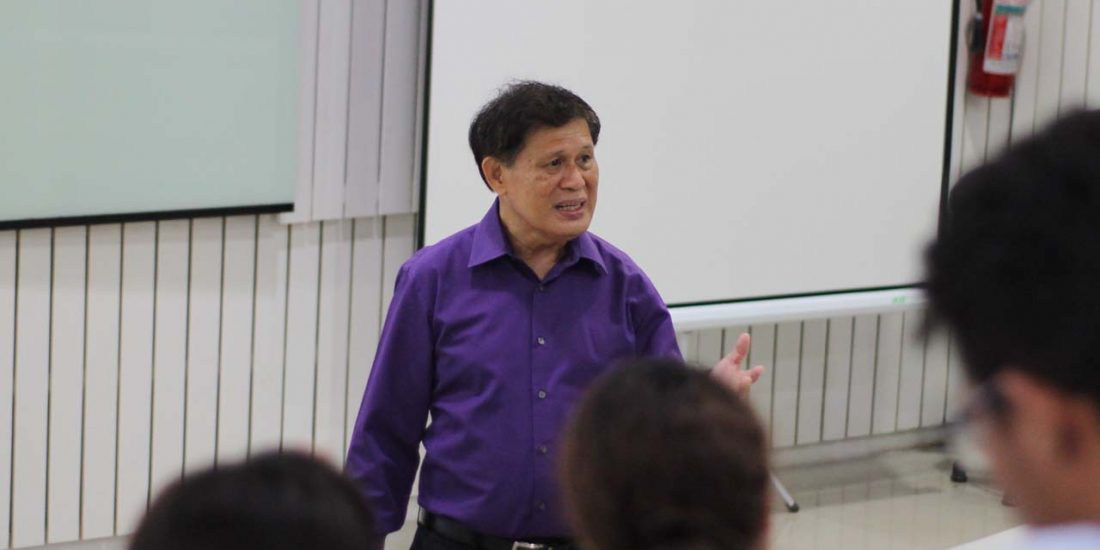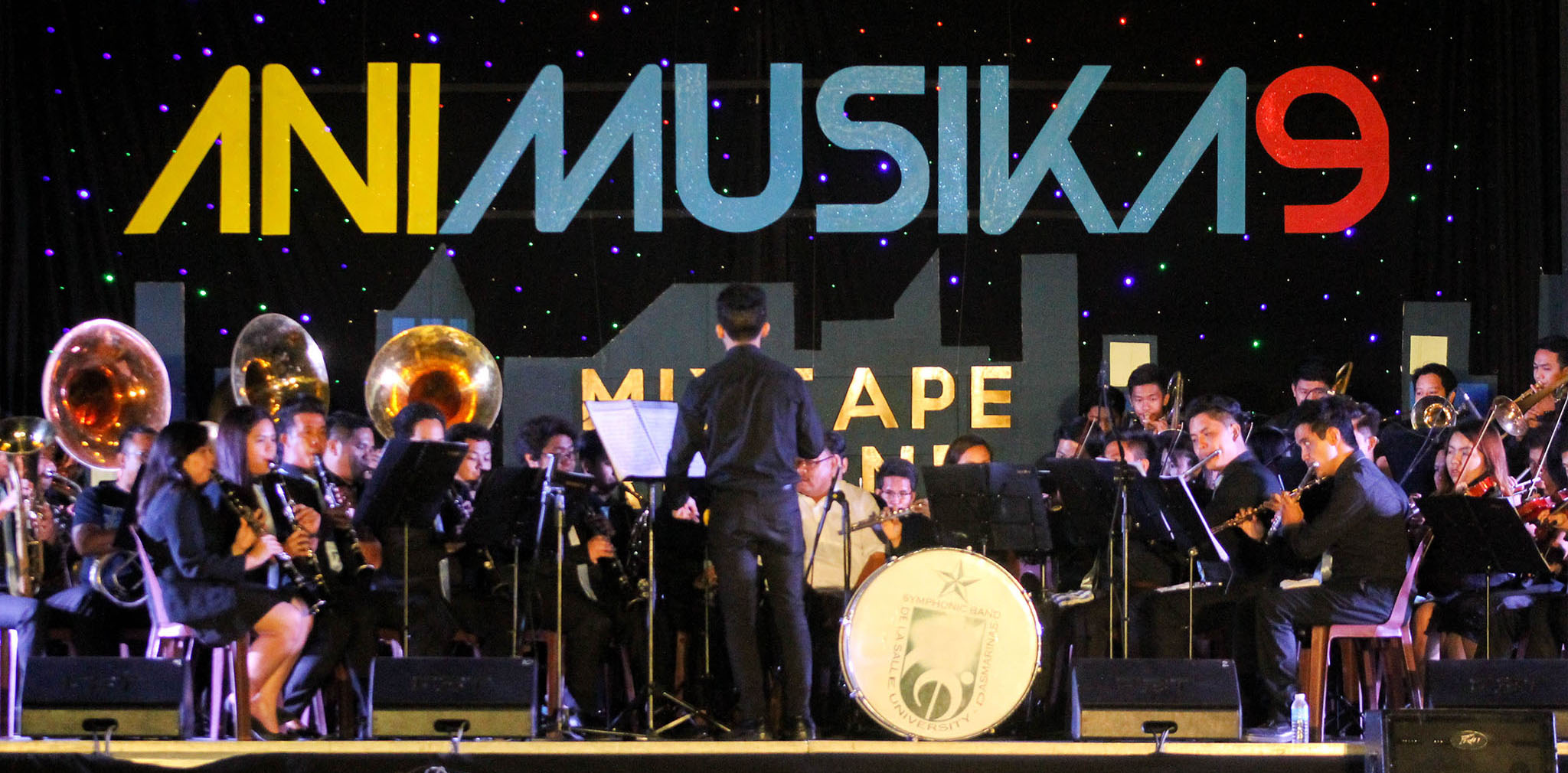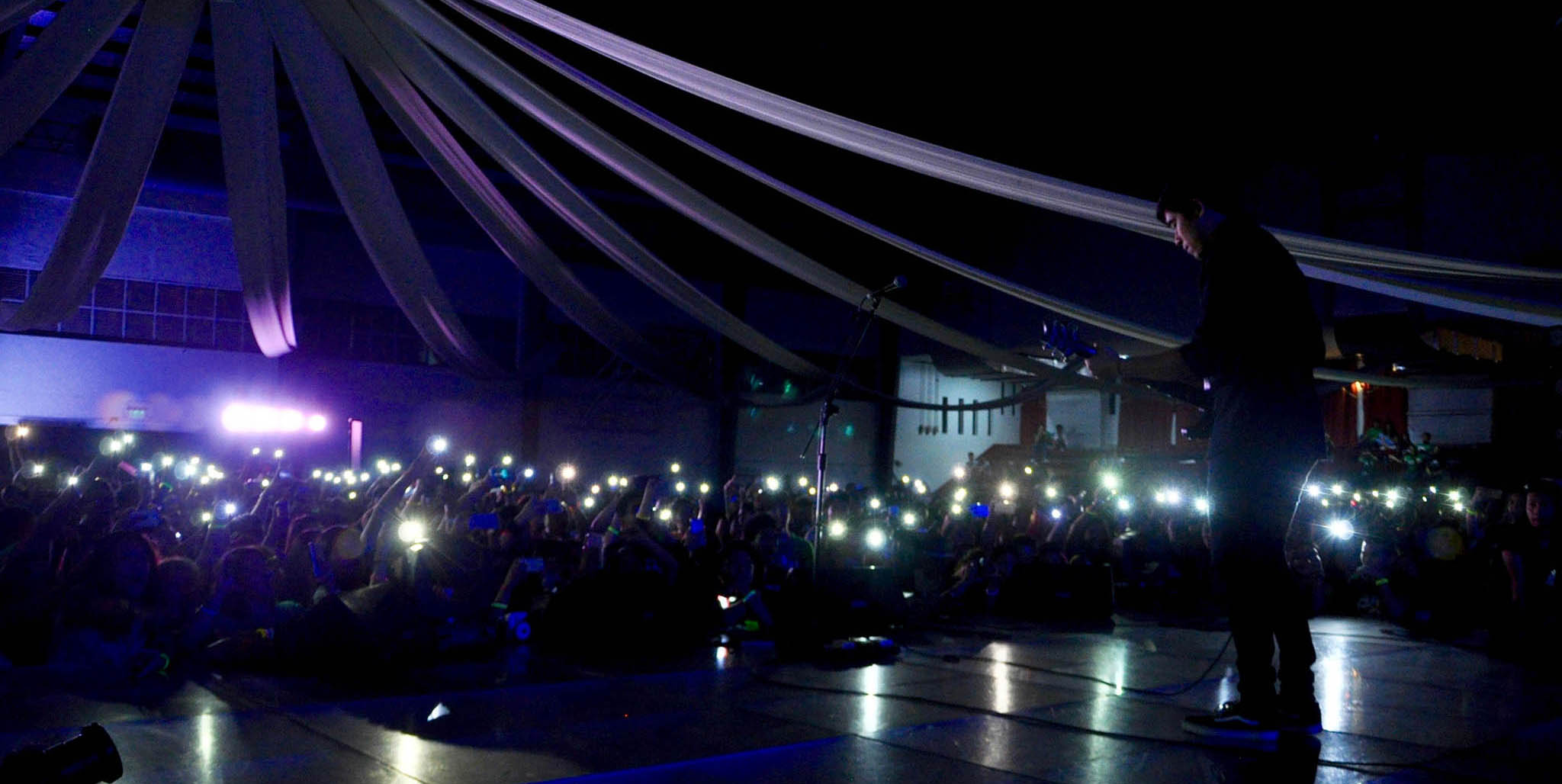Why FLAIR Was Never Just About the Music
The College of Business Administration & Accountancy Student Government (CBAASG) had been working behind the scenes for months, spearheading the much-anticipated third installment of FLAIR: One Melody for the Lasallian Community. This wasn’t your typical event planning; it was a full-blown operation that looked more like running a small startup than managing a college concert.
“Minsan talaga napapaisip kami kung worth it ba lahat ng puyat at stress,” one committee member shared. Late-night meetings became their norm—sometimes coordinating with artist management at odd hours, the only available time slots between everyone’s packed schedules.
Then, the big administrative win came early: convincing the University to make classes asynchronous on the concert day. For students, this was more than a scheduling convenience. It signified that the event mattered, that their experiences outside the classroom were valued.
But FLAIR was never just about music. The proceeds would support an impressive range of campus programs—scholarships, performing arts groups, and community initiatives. This wasn’t just entertainment; it was community support with a strategic purpose.
“‘Yung FLAIR scholarship funding, sobrang importante talaga,” a student government member emphasized. “Tumutulong siya sa tuition, sa learning materials, at sa iba pang kailangan ng students.”
Beyond the campus administration, concertgoers also recognized the event’s meaningful impact. “Ang cool lang na habang nag-eenjoy ka sa music, alam mong may mas malaking purpose ‘yung binayad mo,” a concert attendee reflected.
Looking back, it was clear: these students had turned their late-night planning sessions and shared passion into something bigger than themselves—a night of music that rippled outward, opening doors for people they might never even meet.
The Art of Budgeting (a.k.a. Petsa de Peligro Training)
Tickets weren’t cheap. Starting at ₱975 for DLSU-D students, they were serious investments for people their age. That amount of money could already cover a week’s worth of expenses, but if there’s one thing students know how to do, it’s finding a way to make things work—especially for something they really want.
Students got creative with their financial strategies. Some cut back on daily luxuries; others took on extra work. “Nag-volunteer akong maghugas ng pinggan every weekend sa bahay para lang may extra akong pambayad sa ticket. Tatlong oras na chores in exchange for parents shouldering half the ticket price,” a friend from one of my lecture classes shared after the concert, laughing at the lengths they went just to be there.
Some took a more systematic approach. One attendee described her method: “Hinati ko ‘yung allowance ko into essential expenses tapos ‘yung ‘wants’ ko. Tapos every week, kung may natitira sa ‘wants’ portion, automatic napupunta siya sa FLAIR fund ko. Nakaipon ako ng enough bago magbukas ang ticket selling.”
Others relied on classic college budgeting—delaying food cravings, skipping unnecessary checkouts, or saying no to study invites at a nearby café. Sure, it stung a little, but when ticket-selling day came, it was all worth it.
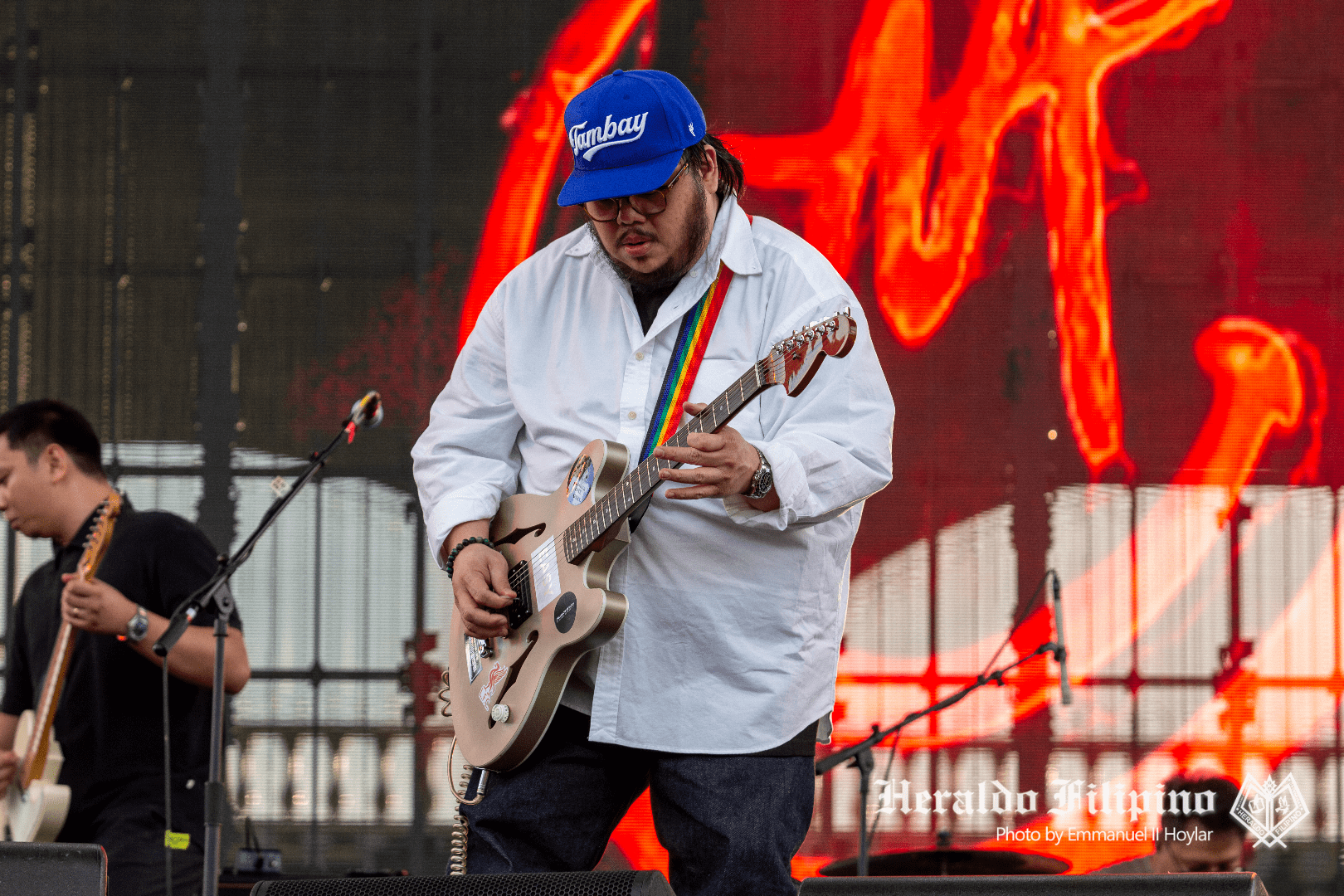
Ticket Lines and New Beginnings
The roster read like a who’s who of OPM: Maki, Zild, Cup of Joe, Gloc-9, The Ridleys, Rivermaya, and Mayonnaise. It’s a musical diversity that appealed to everyone: Gloc-9 for old-school hiphop avid fans, Rivermaya and Mayonnaise for rock enthusiasts, and so on.
“Hindi naman palagi nabibigyan ng chance na mapanood live ‘yung mga paborito mong artists,” a freshman noted. “Lalo na kung college student ka lang na limited ang budget. Kung mag-concert sila individually sa MOA Arena, sobrang mahal na ng tickets. Dito sa FLAIR, you get the most of what you paid for with the lineup.”
In college, schedules rarely align. One moment, you and your friends are inseparable; the next, you’re struggling to find time for a quick lunch in between conflicting class hours. But FLAIR? FLAIR was almost sacred. It was that one night in the school calendar when everyone blocked off their schedules, no excuses.
“Alam mo naman sa college, sobrang busy ng schedule ng lahat,” one student explained. “Minsan kahit magkakaibigan kayo, weeks bago kayo magkita kasi iba-iba kayo ng classes. Pero sa FLAIR, para siyang automatic reunion. Everyone blocks off that date.”
Take Adrian’s story—a freshman who initially struggled to socialize but found his community through a chance encounter while waiting for concert tickets.
“No’ng first year ako, medyo nahirapan ako makihalubilo,” he recalled. “New school, new people, tapos pandemic kid pa so hindi sanay makipag-socialize in person. Pumunta lang ako sa FLAIR kasi fan ako ng OPM, pero wala akong kasama.” While in line for his tickets, however, he noticed classmates from his laboratory class. Hesitantly, he approached them. “Kinabahan ako, pero naisip ko, ano bang mawawala? So lumapit ako, ‘Huy, classmates tayo sa lab ‘di ba? Kayo rin pala pupunta sa FLAIR?’”
What started as a casual concert connection turned into his friend group for good. They began eating lunch together, formed study groups, and hung out after classes.
Then there were Anchi and Dana—proof that sometimes, a concert can fix what words alone couldn’t.
“Super close kami since high school pa,” Dana admitted, “Pero nagka-issue kami no’ng first sem. Something petty about group projects, pero lumaki kasi pareho kaming matigas ang ulo.”
Months of silence passed; both were too stubborn to make the first move. But fate—or maybe just bad luck—had a sense of humor. They ended up in the same ticket line, awkwardly avoiding eye contact, until an unexpected situation forced them to reconnect.
“May dumaan kasing prof namin sa major na super terror,” Dana laughed. “Tapos pareho kaming nag-duck down para hindi kami makita. Natawa na lang kami sa isa’t isa kasi ang obvious namin.” Just like that, the tension cracked. What started as a moment of panic turned into laughter, then a conversation, then—eventually—a reminder of why they had been friends in the first place.
***
As the night wound down and the Grandstand emptied, the energy lingered. It wasn’t just about the setlists or finally seeing your favorite artist live—it was about everything in between. By the next morning, the Grandstand was back to its usual quiet, but FLAIR stuck around. It echoed in the group chats planning “next year na ulit,” in the lost voices from too much screaming, in the friendships kindled in the ticket line, and those quietly mended along the way. Because at the end of the day, that’s what made FLAIR what it was—not just the music, but the people who came together for it.
Photo slider by Emmanuel II Hoylar


